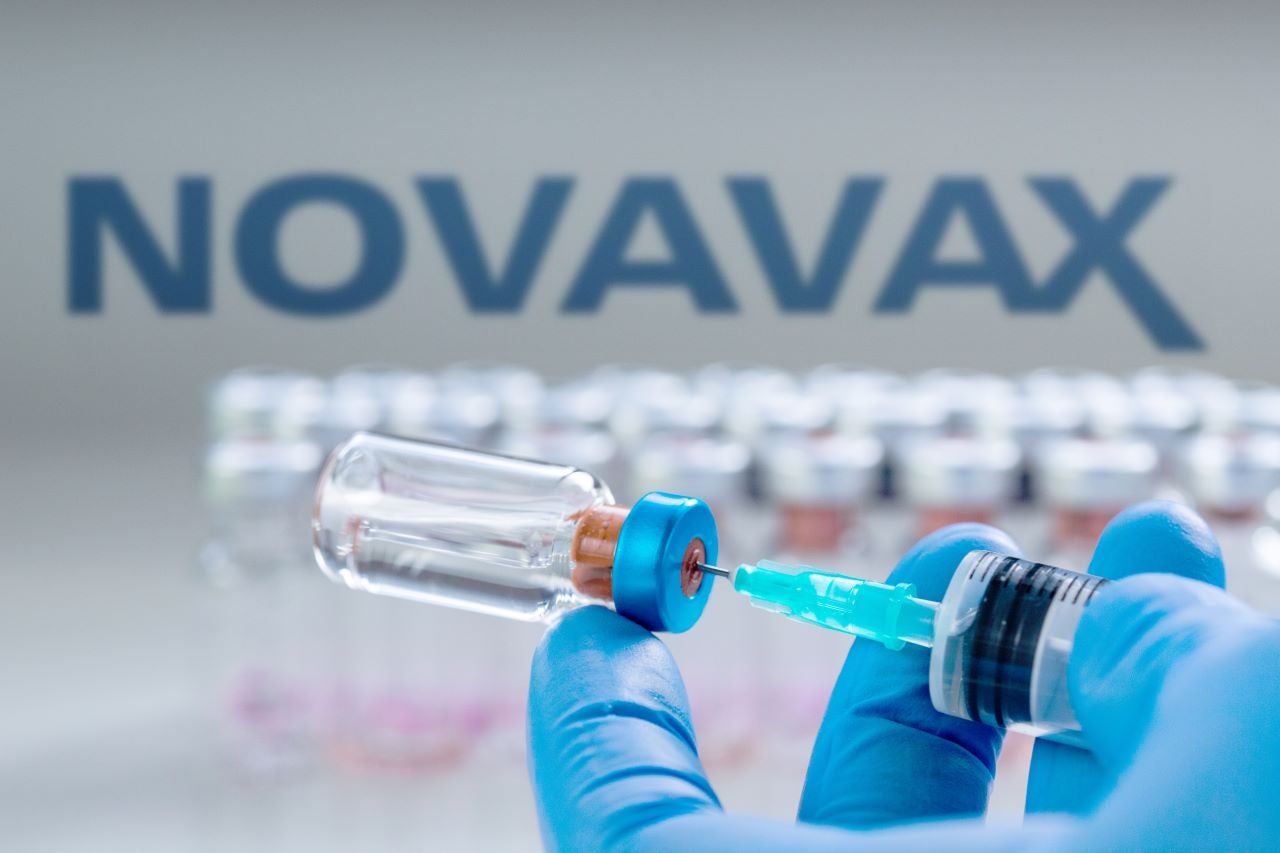Covid-19 boosters continue to be used due to the ongoing circulation of the virus, the emergence of new variants, and decreasing neutralising antibody responses among individuals. Similarly, unmet needs remain for more effective annual seasonal influenza vaccines. In an effort to simultaneously address these two major public health concerns, Novavax is developing a Covid-Influenza Combination (CIC) vaccine, which is currently in Phase II development.
The CIC vaccine was produced using the baculovirus Sf9 cell platform and comprises three components – recombinant haemagglutinin (rHA) particles from four prominent influenza strains (H1N1, H3N2, B-Yamagata, and B-Victoria), recombinant spike (rS) nanoparticles from SARS-CoV-2, and Novavax’s Matrix-M adjuvant. In a Phase I/II study, the CIC vaccine candidate had comparable reactogenicity and safety to Novavax’s standalone influenza vaccine candidate, qNIV (currently in Phase III development) and to its standalone Covid-19 vaccine, NVX-CoV2373. Further, the CIC vaccine induced strong functional antibody and CD4+ T cell responses against SARS-CoV-2 and influenza.
Artificial intelligence (AI) was fundamental to the design of the Phase I/II trial, with a design of experiments (DoE) approach utilized for the process of dose selection. Scientists began formulating CIC doses using combinations of three rS dose levels (2.5µg, 7.5µg, and 22.5µg), four rHA dose levels (5µg, 10µg, 35µg, and 60µg), and one constant dose level of adjuvant (50µg). Patients among the influenza reference group were dosed with 60µg rHA, 0µg rS, and 75µg matrix – dosing that was previously used in the Phase III trial for qNIV. Patients among the Covid-19 reference group were dosed with 5µg rS, 0µg rHA, and 50µg matrix – the same dosing which can be found in NVX-CoV2373. The DoE software was used to predict combinations to be used to immunize patients and response surface modelling following immunization responses.
Initial data from the trial revealed that rHA doses between 35µg and 60µg were most effective, but instead of testing each of these possible combinations, DoE regression modelling was used. By simultaneously altering the rS and rHA doses within the model, it was possible to observe the antibody responses among each of the four influenza strains and SARS-CoV-2. The objective was to identify optimal doses of rS and rHA that maximise haemagglutinin inhibition (HAI) and immunoglobulin G (IgG) antibody responses and match reference standalone vaccine responses.
Using the DoE modelling of HAI and IgG responses, Novavax’s Phase I/II dose selection study reported that various CIC formulations may induce antibody responses comparable to the standalone reference vaccines. The rS and rHA antigens exhibit moderate interference with each other, but this can be resolved through dose adjustment. Taking into account additional immune response models (i.e., neutralizing antibodies, CD4+ T cells), the DoE modelling suggests a higher rS dose is needed in CIC than in the standalone rS (>5µg), and a lower HA dose may be needed in CIC than in the standalone HA (<60µg). This CIC formulation implies up to a 50% reduction in total antigen content. Reduced antigen content in vaccines has been found to be equally as immunogenic, with increased tolerability for patients.
See Also:
Novavax’s trial design reflects a wider industry trend, as pharmaceutical companies are becoming highly active in utilising AI technologies. According to GlobalData, patent activity by pharmaceutical companies using AI reached an all-time high in 2022 – accounting for 61 patent grants, 225 patent filings, and 299 patent publications.
How well do you really know your competitors?
Access the most comprehensive Company Profiles on the market, powered by GlobalData. Save hours of research. Gain competitive edge.

Thank you!
Your download email will arrive shortly
Not ready to buy yet? Download a free sample
We are confident about the unique quality of our Company Profiles. However, we want you to make the most beneficial decision for your business, so we offer a free sample that you can download by submitting the below form
By GlobalDataNovavax announced topline results from a Phase II trial for its CIC vaccine this week – the vaccine candidate is safe, well tolerated, and exhibits a strong immune response comparable to that of both marketed influenza vaccines (Fluad and Fluzone HD) and Novavax’s NVX-CoV2373. The Phase III trial for CIC is set to begin in Q4 2023. Meanwhile, Pfizer and BioNTech have an mRNA-based Covid-19 and influenza combination vaccine candidate (qIRV/BNT162b2), which is currently in Phase I. qIRV/BNT162b2 has received a Fast Track Designation from the FDA, with the Phase I trial set for completion in Q4 2024.










Related Company Profiles
Pfizer Inc
BioNTech SE
Novavax Inc